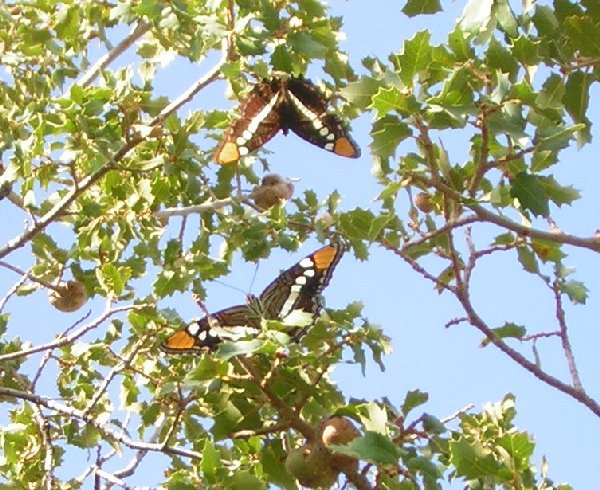Collecting Live Female Butterflies
 There are two main schools of thought with regards to understanding the differences between male and female butterflies--wing pattern and flight behavior. With regards to wing pattern and shape, the Butterflies of America website is an outstanding resource to show these visual differences.
There are two main schools of thought with regards to understanding the differences between male and female butterflies--wing pattern and flight behavior. With regards to wing pattern and shape, the Butterflies of America website is an outstanding resource to show these visual differences.
However, the most important criteria of differentiating male and female butterflies on the wing is their flight behavior. People perceive butterflies as overt, social creatures; but what most don't realize is that most butterflies they see likely are males seeking females (or nectar sources.)
For the most part, male butterflies engage in aggressive perching, patrolling, or overt investigative behaviors as they seek out females. This repetitive behavior can create a predictable pattern to experienced butterfly observers and collectors.
Female butterflies, on the other hand, tend to behave quite differently. After mating once with males, female butterflies, almost inconspicuously seek out host plants to lay eggs. They can be more sedative and fly, depending upon species and habitat, much more covertly than males as they try to avoid males.
Male butterflies will often engage in brief aerial battles when they meet. However, if you ever locate one butterfly harassing another landed butterfly, more often than not, the "harrassed" butterfly is a mated female that is demonstrating a rejection posture. She's the one you want.
As is the case with some species of Speyeria, females can remain almost "invisible" for weeks or even months, until most of the males have perished, before the females become more noticeable.
To locate females, it is helpful to understand these differences and take the time to filter out the males to find butterflies "not acting like males".

